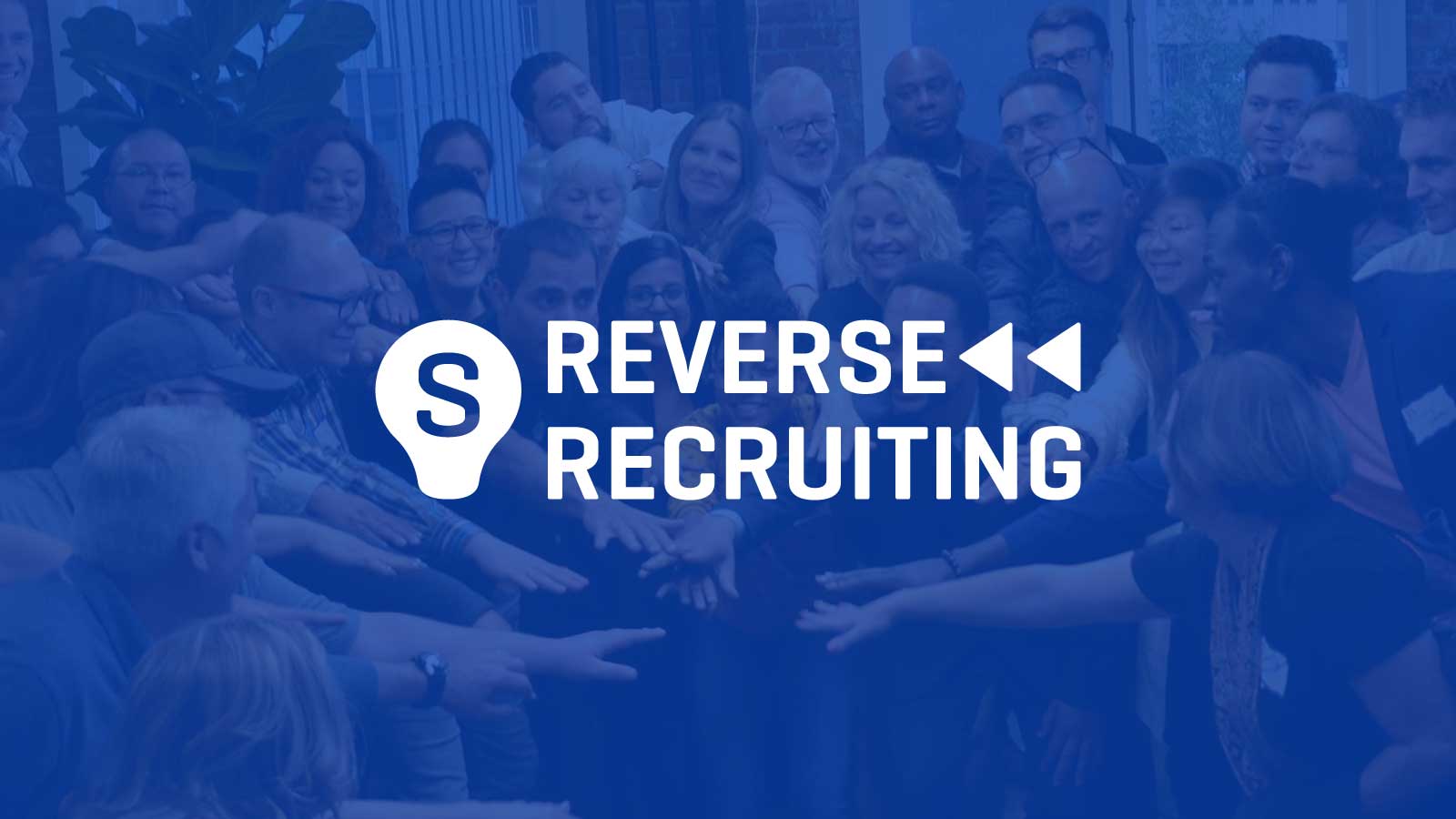Reverse Recruiting: A Fresh Strategy to Ability Procurement
Reverse Recruiting: A Fresh Strategy to Ability Procurement
Blog Article
Open the Power of Reverse Hiring Methods for Effective Ability Acquisition
In the realm of ability procurement, the landscape is regularly evolving, with new strategies emerging to fulfill the demands of an open market. Among these approaches, reverse recruiting stands apart as a technique that turns the standard recruitment process on its head, putting the power in the hands of the candidates. By luring top ability to seek possibilities within your organization, reverse recruiting provides a fresh method to drawing in and preserving crucial workers. As companies make every effort to stay ahead in the talent game, opening the potential of reverse recruiting methods can be the key to protecting a solid and vibrant labor force.
Recognizing Reverse Recruiting
Understanding reverse recruiting is critical in navigating the progressing landscape of ability procurement approaches. Unlike typical recruitment methods where companies choose candidates, reverse recruiting includes the positive strategy of prospects looking for out possible companies. This standard shift puts prospects in the vehicle driver's seat, permitting them to pick companies that align with their worths, career objectives, and work preferences.
Essentially, reverse recruiting empowers prospects to take control of their task search procedure by investigating business, reaching out to employers or hiring managers straight, and showcasing their skills and experiences. For employers, this approach offers a distinct opportunity to attract top talent that are genuinely thinking about the firm and its objective, fostering a more involved and dedicated labor force.
Advantages of Reverse Recruiting
Utilizing reverse recruiting approaches can produce considerable advantages for both prospects and employers in the skill procurement process. For prospects, among the primary benefits is the ability to have more control and openness in the task search. By being approached by employers that have actually currently identified them as possible suitable for their company, candidates can really feel a lot more valued and demanded. reverse recruiting. This can cause raised job satisfaction and a greater likelihood of approving a deal from a business that actively sought them out.
In addition, reverse recruiting can aid firms distinguish themselves in a competitive talent market by showcasing a proactive and forward-thinking strategy to employment. Inevitably, the advantages of reverse recruiting expand to both prospects and employers by improving the working with process and promoting even more significant links in between the 2 celebrations.

Carrying Out Reverse Recruiting Methods
To properly incorporate reverse recruiting tactics right into a skill procurement approach, organizations must prioritize aggressive engagement with possible candidates. This requires recognizing leading ability within the market and developing partnerships with them prior to a real task opening arises. One vital method is to leverage social media platforms to get in touch with passive candidates that might not be actively seeking new chances. By showcasing the business culture, worths, and occupation growth chances, companies can stimulate the interest of possible candidates and develop my link a talent pipe for future demands.
Furthermore, executing tailored communication approaches can likewise improve the effectiveness of reverse recruiting. Tailoring messages to private candidates based on their skills, experiences, and profession desires demonstrates a genuine interest in their possible fit within the company. Furthermore, arranging networking events, webinars, or workshops can supply important touchpoints for involving with potential candidates in a much more interactive and individual fashion. By regularly nurturing partnerships with top talent, organizations can remain in advance in the affordable skill purchase landscape and protect the most effective prospects for their group.
Leveraging Innovation backwards Recruiting
In the digital age of talent acquisition, utilizing technical developments is vital for effective application of reverse recruiting methods. Leveraging innovation in reverse recruiting provides numerous benefits to enhance the process and bring in leading talent effectively. Applicant radar (ATS) play a crucial role in taking care of prospect data, tracking interactions, and automating communication, allowing recruiters to concentrate on building relationships with potential hires.
Making use of information analytics devices can help recruiters measure the performance of their reverse recruiting approaches, identify locations for improvement, and make data-driven choices to maximize the ability purchase process - reverse recruiting. By accepting innovation in reverse recruiting, organizations can stay ahead in the competitive skill market and protected top talent successfully.
Gauging Success backwards Hiring
Having actually developed the fundamental function of innovation in maximizing reverse recruiting approaches, the next important step lies in effectively determining the success of these innovative techniques. In the realm of reverse recruiting, typical metrics like time-to-fill and cost-per-hire may not completely catch the influence of these approaches. Instead, determining success in reverse recruiting needs a much more nuanced strategy that concentrates on candidate engagement, employer branding enhancement, and long-term skill retention.
One key statistics to take into consideration is candidate experience. By collecting comments from candidates that have gone through the reverse recruiting process, organizations can get useful understandings right into areas for improvement and identify toughness to leverage. Furthermore, tracking metrics associated with employer brand name assumption, such other as social media sentiment and Glassdoor evaluations, can supply a more all natural view of how reverse recruiting is shaping the company's track record in the talent market.
Ultimately, success in reverse recruiting should be measured not just by the effectiveness of loading functions yet additionally by the quality More about the author of hires, their alignment with business culture, and their long-lasting performance within the firm. By embracing a thorough approach to measuring success, organizations can truly open the capacity of reverse recruiting techniques for successful skill purchase.
Conclusion

Report this page